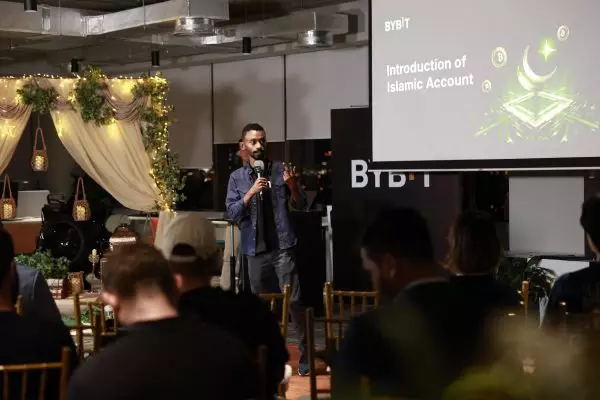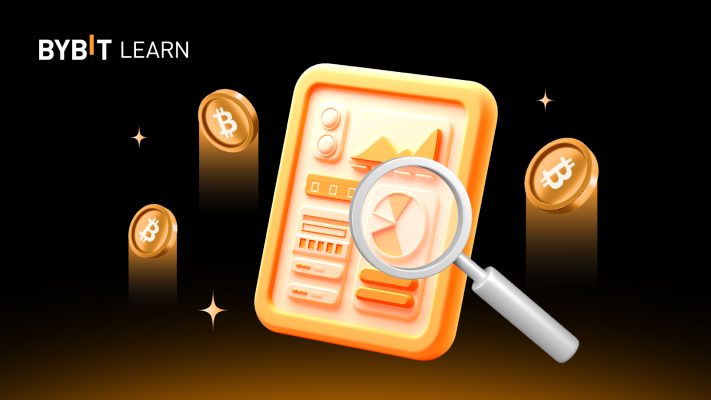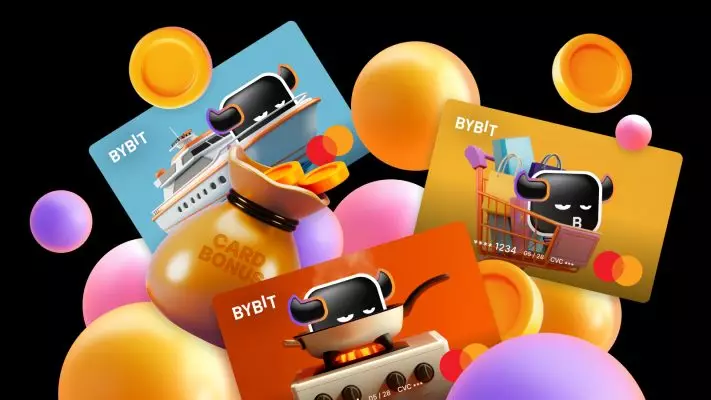Blockchain continues to gain momentum, and now, is it time everyone weighed into how it would influence academia. Will it create limitless possibilities for students or hinder progress? Well, how Blockchain affects education is debatable, but in a broader sense, it is all about data security. There have been lots of data breaches everywhere with a big percentage in the education sector, according to edtechmagazine.com, which is why this post comes at the right time.
Thus, Blockchain in education could be the ultimate solution to system hacks and among other benefits. But first things first, take a look at a few tech trends that will most likely link up with it to create hack-proof technology in education system.

EdTech and Blockchain: Trends and integration
Here is a look at EdTech trends that would form a formidable integration with Blockchain.
- Augmented Reality (AR) and Virtual Reality (VR) are information-based technologies that simulate environments to create exciting learning experiences. Therefore, they make for viable topics on which to seek sociology research paper examples.
- Schools are now introducing robotics and coding into their curriculums. While these are basically tech-driven, integration with Blockchain will birth news experience in scientific studies.
- Gamification is another EdTech that continues to evolve. It has always signaled a change in the education system that is likely to rope in Blockchain technology. Premised on advanced algorithms, gamified learning systems and data security are two to tango.
- Learning Management System (LMS): Blockchain is a decentralized security system that makes it impossible for hackers to access data in cloud servers. Thus, integrating LMS with Blockchain technology for safe and secure tracking of student performances/activities and classrooms management systems wouldn’t be far-fetched.
- Smart classrooms: For a student, a look at how they enhance interactivity in a teaching environment boils down to crafting essays on sociology. But for a perfect write-up on classroom digitalization and Blockchain, you need to have a look at sociology papers examples. Areas of interest to think of before requesting for essay examples on sociology include biometrics, Artificial intelligence, system login security and voice recognition.
Transforming the education system by adopting Blockchain

Now, with system frameworks necessary IT infrastructure in place, adopting Blockchain in education will be with easy-primarily to enhance security of systems and protect data centers. Moreover, with a world that grinds on the wheels of technology, such changes are as good as necessary. Like medical records or financial information, school management systems and centralized student educational database are prime targets in a perilous world of cybersecurity. Therefore, here is a look at how Blockchain will transform education systems bearing in mind the above trends:
Blockcerts
Learning Machine, in collaboration with MIT, has created a system that digitally verifies credentials through a secured Blockchain platform called Blockcerts. You can verify exam results, academic records, licenses, safety regulation certifications, and more. The main objective behind this invention is to not only secure records of recipients but also ensure fraud-proof and easy verification anywhere in the world through.
Blockcerts make it possible to store records securely, something that makes it good news for the education sector; especially in this age when most data breaches have been targeting academic institutions. Therefore, you would agree that in the nearest future, there will be no more unauthorized access to school management systems and tampering with certificates.
Cloud Storage: IBM Blockchain and Sony Global Education
Sony Global Education, in partnership with IBM, has developed a Blockchain-driven students’ record system. Their main aim is to ensure secure access and sharing of progress and achievement related data/information. Built using IBM Blockchain, the system further makes it possible for school administrators to consolidate, manage and share students’ data (transcripts and performance history). Thus, it is a single source of truth accessible on IBM Cloud.
It is a joint venture that is good for the education system, particularly, in ensuring transparency and accountability. Given that IBM is a leading developer of Blockchain solutions, not to mention the company’s Hyperledger membership, you would agree that its role in creating such a platform for schools is good news coming at the right time.
Distributed Leger Technology (DLT), Secure Learning Marketplace and Records management
DLT powers trade in cryptocurrencies by doing away with intermediaries. With this functionality at the back of their minds, developers are presently working on pilot projects that will harness the power of DLT to create secure learning marketplaces. A good example is Disciplina, a Russian initiative that creates verified user profiles, automates education and employment data on a single platform.
Through Disciplina, students can search and pay for courses they’d like to pursue. All courses are registered by verified teachers or schools, which takes Blockchain learning to another level. Woolf University is another perfect example of how DLT and Blockchain are making headways into academia. You can always request for free essay samples on how it works to learn more.
Records management is another way through which DLT comes in handy and contributes positively to a paperless education system that is already gaining popularity worldwide. In this case, a good example of how Blockchain and records management make amends for the betterment of education is Delaware Blockchain initiative. By increasing the speed of sharing data through DLT and improving the system’s security, it does not only reduce fraud but also makes for a good Blockchain education prototype for managing learning systems.



